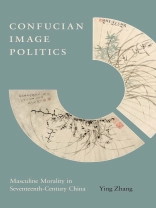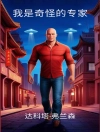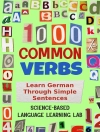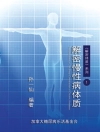During the Ming-Qing transition (roughly from the 1570s to the 1680s), literati-officials in China employed public forms of writing, art, and social spectacle to present positive moral images of themselves and negative images of their rivals. The rise of print culture, the dynastic change, and the proliferating approaches to Confucian moral cultivation together gave shape to this new political culture. Confucian Image Politics considers the moral images of officials—as fathers, sons, husbands, and friends—circulated in a variety of media inside and outside the court. It shows how power negotiations took place through participants’ invocations of Confucian ethical ideals in political attacks, self-expression, self-defense, discussion of politically sensitive issues, and literati community rebuilding after the dynastic change. This first book-length study of early modern Chinese politics from the perspective of critical men’s history shows how images—the Donglin official, the Fushe scholar, the turncoat figure—were created, circulated, and contested to serve political purposes.
The open access publication of this book was made possible by a grant from the James P. Geiss and Margaret Y. Hsu Foundation.
قائمة المحتويات
Preface and Acknowledgments
Ming-Qing Reign Periods
Introduction
Part One | The Late Ming
1. Lists, Literature, and the Imagined Community of Factionalists: The Donglin
2. Displaying Sincerity: The Fushe
3. A Zhongxiao Celebrity: Huang Daozhou (1585–1646)
Interlude: A Moral Tale of Two Cities, 1644–1645: Beijing and Nanjing
Part Two | The Early Qing
4. Moralizing, the Qing Way
5. Conquest, Continuity, and the Loyal Turncoat
Conclusion
Glossary
List of Abbreviations
Notes
Bibliography
Index
عن المؤلف
Ying Zhang is associate professor of pre-modern Chinese history at Ohio State University. She received her Ph D in history and women’s studies from the University of Michigan in 2010. This is her first book.












